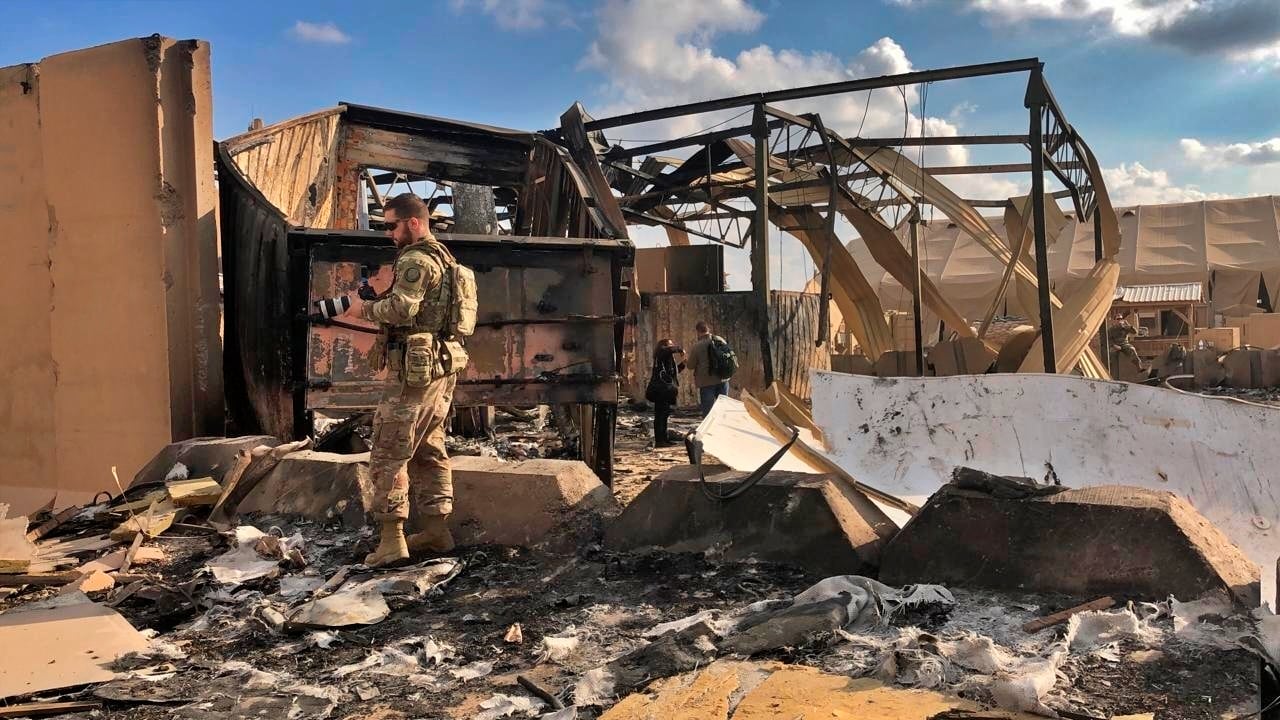WASHINGTON — One year ago on the night of Jan. 7, 2020, Americans were shocked to learn that Iran had launched more than a dozen ballistic missiles at U.S. and coalition forces in Iraq.
Iran called it “fierce revenge” for the assassination of Gen. Qassem Soleimani. As reports of the attack inundated the airwaves, viewers were left wondering what had happened — and perhaps most importantly — were there casualties?
The barrage damaged runways, tents, equipment and a helicopter, and the Pentagon acknowledged that 110 people needed to be treated later for traumatic brain injuries. No one was killed.
The remaining U.S. and coalition forces that had not been evacuated were able to take cover in bunkers, thanks to what President Donald Trump referred to at the time as an “early warning system.”
The public now knows what many in the national security community suspected: That early warning system was the Space Based Infrared System, a constellation of satellites that surveils Earth’s surface 24/7 to detect missiles. Rarely has the Defense Department offered such a high profile example of the system’s capabilities and its direct impact on the American war fighter.
This is the story of the people — the men and women of the Space Force’s 2nd Space Warning Squadron at Buckley Air Force Base, Colorado — who operated SBIRS that night and provided that critical early warning to seek cover. In an exclusive interview, they brought C4ISRNET behind the scenes of one of the most high profile missile attacks on American forces in recent history. In many ways, it was a night like any other, with the squadron reading the data generated by the satellites and reporting it out. But with the lives of their fellow service members on the line, the stakes had rarely felt higher.
“This is what they’re trained to do day in and day out,” said Squadron Commander Lt. Col. Brandon Davenport. “That part felt very normal. That’s why it felt surreal, because it felt like any other day other than the fact that we all knew there were Americans and allies on the other end of that missile.”
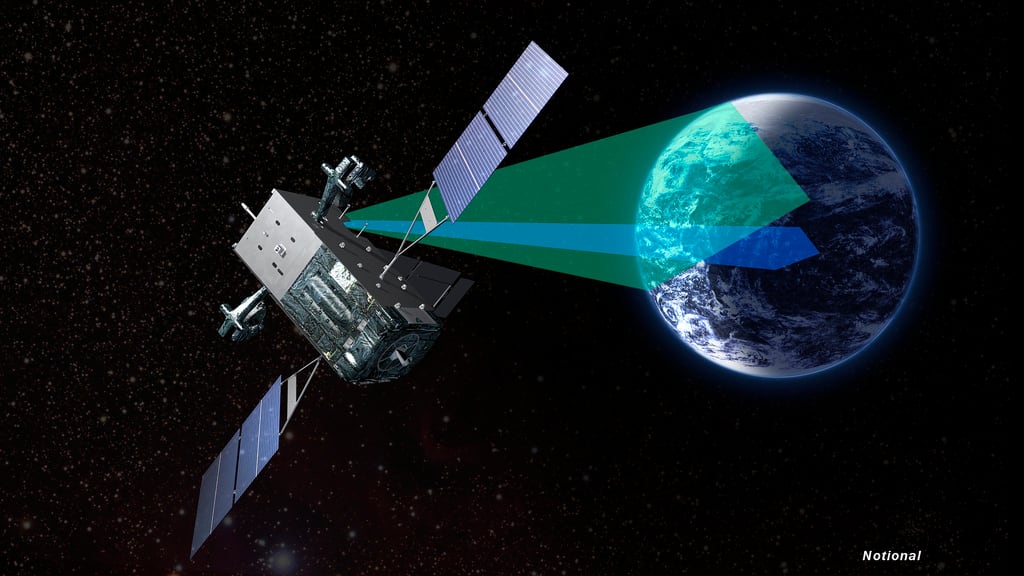
U.S.-Iranian tensions mount
The role for 2nd SWS began in October, when the squadron took over operations of the nation’s premier missile warning satellites.
“That’s when we actually switched over command and control between the 11th Space Warning Squadron and the 2nd Space Warning Squadron. At the time, we had a construct where each squadron would operate the system for about four months and then swap. And as 2nd SWS took the chair, I remember giving a brief … and I’ll tell you right out of the gate, our focus was Iran as No. 1,” Davenport said.
Recent escalations between the U.S. and Iranian-backed forces in the region “warranted extra supervision from our crews at Buckley,” he said.
Tensions rose further after the U.S. assassinated Soleimani in a Jan. 3 drone strike.
The name was familiar to Davenport, who had spent a year overseas as a space cell chief starting in 2012. He knew the action would elicit a response from Iran, even if it wasn’t apparent how that response would manifest.
“The second that he was killed, within that frame of time that he was killed, we were talking through, you know, what could be the responses that Iran would take. I think in a way, our mind was on this threat from the get-go,” said Davenport.
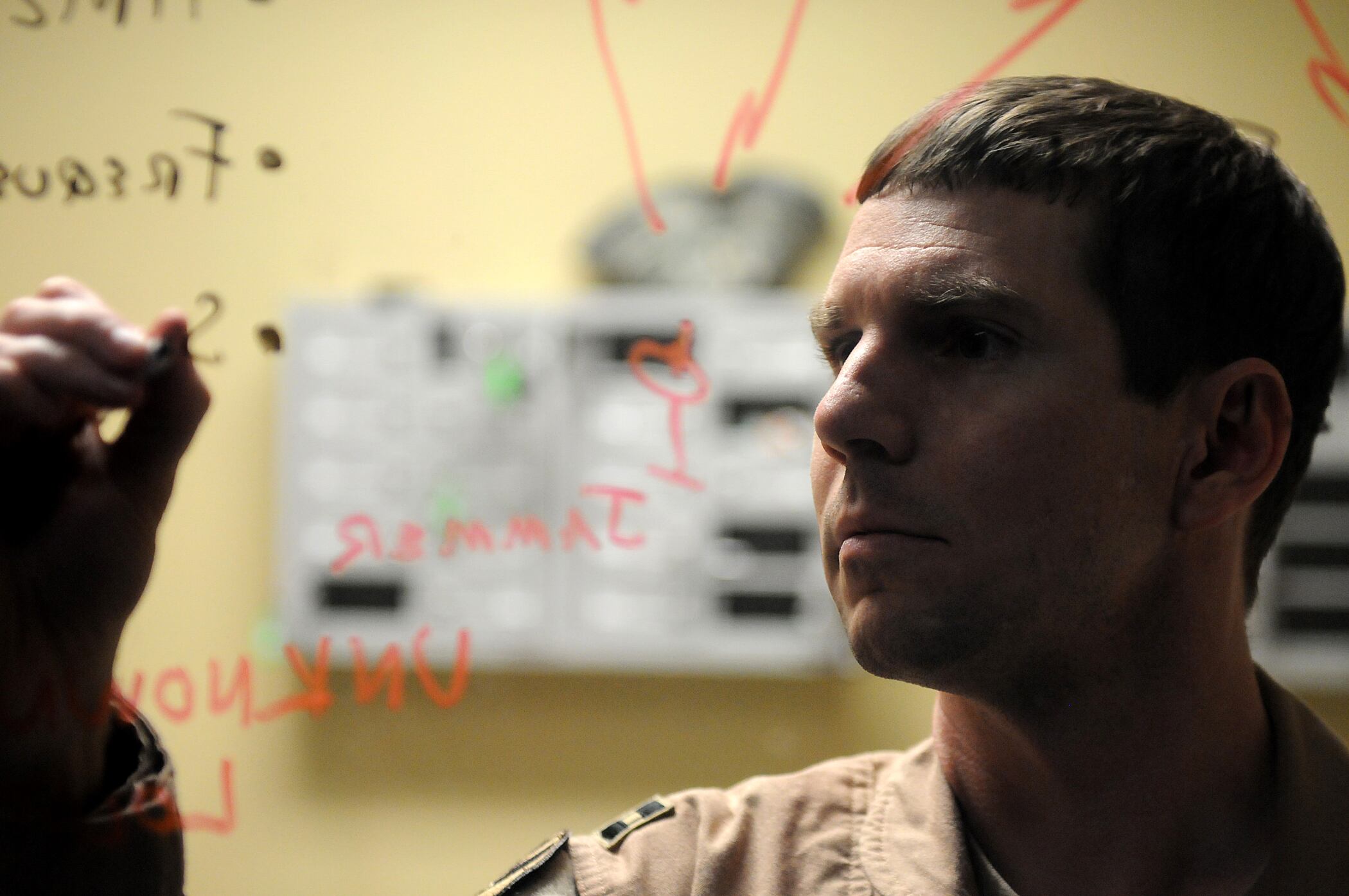
“I happened to actually be on when Soleimani was killed,” said Space Operations Center Commander Capt. Tasia Reed, a mission management operator with 2nd SWS at the time.
It was a slow night, she recalled. That is, until it flashed across a news screen that Soleimani had been killed.
“Col. Davenport comes on to the floor and he kind of talks us through, you know, ‘Oh, well, we just killed one of their generals, the No. 2 guy in the IRGC [Islamic Revolutionary Guard Corps].’ And I said, ‘Oh, well, all right, cool.’ My Spidey-senses kind of went off and I was like, ‘All right, well, looks like we’re going to have to start doing some planning.’”
Coordinating with the intelligence community and colleagues within the Department of Defense, Reed and the other mission management operators put together a collection strategy for SBIRS, ensuring that the satellites’ sensors were best positioned for optimal coverage of the region.
“We have an ability to sort of tailor how we collect things, and I just remember going through that mission planning and trying to come up with that collection strategy,” said 1st Lt. Christianna Castaneda, a fellow mission management operator. “In discussions with other agencies and our intelligence analysts, we were able to come up with a strategy to collect on whatever the potential retaliation could have been.”
Built by Lockheed Martin with infrared sensors from Northrop Grumman, the SBIRS constellation is made up of six satellites: four geosynchronous (GEO) satellites and two hosted payloads hitching rides in highly elliptical orbits (HEO) to provide polar coverage. By detecting infrared light created during the launch of ballistic missiles, the sensors allow the operators to see every missile launch taking place around the world. The Government Accountability Office said in 2019 the system cost roughly $20 billion.
“This system is a passive collector,” Davenport said. “All it really does is collect IR photons. That’s what it was built to do. … Then our mission team interprets those IR collects.”
Specifically, the GEO satellites include two sensors: a scanner and a starer. The scanning sensor continuously monitors the Earth, while the more accurate starer can provide advanced coverage for theater missions. Each HEO payload includes a scanning sensor. Without actually moving the satellites, Casteneda, Reed and other mission management operators arrange the starer payloads to provide optimal coverage of the region.
With the collection strategy in place, all the 2nd SWS team could do was watch and wait.
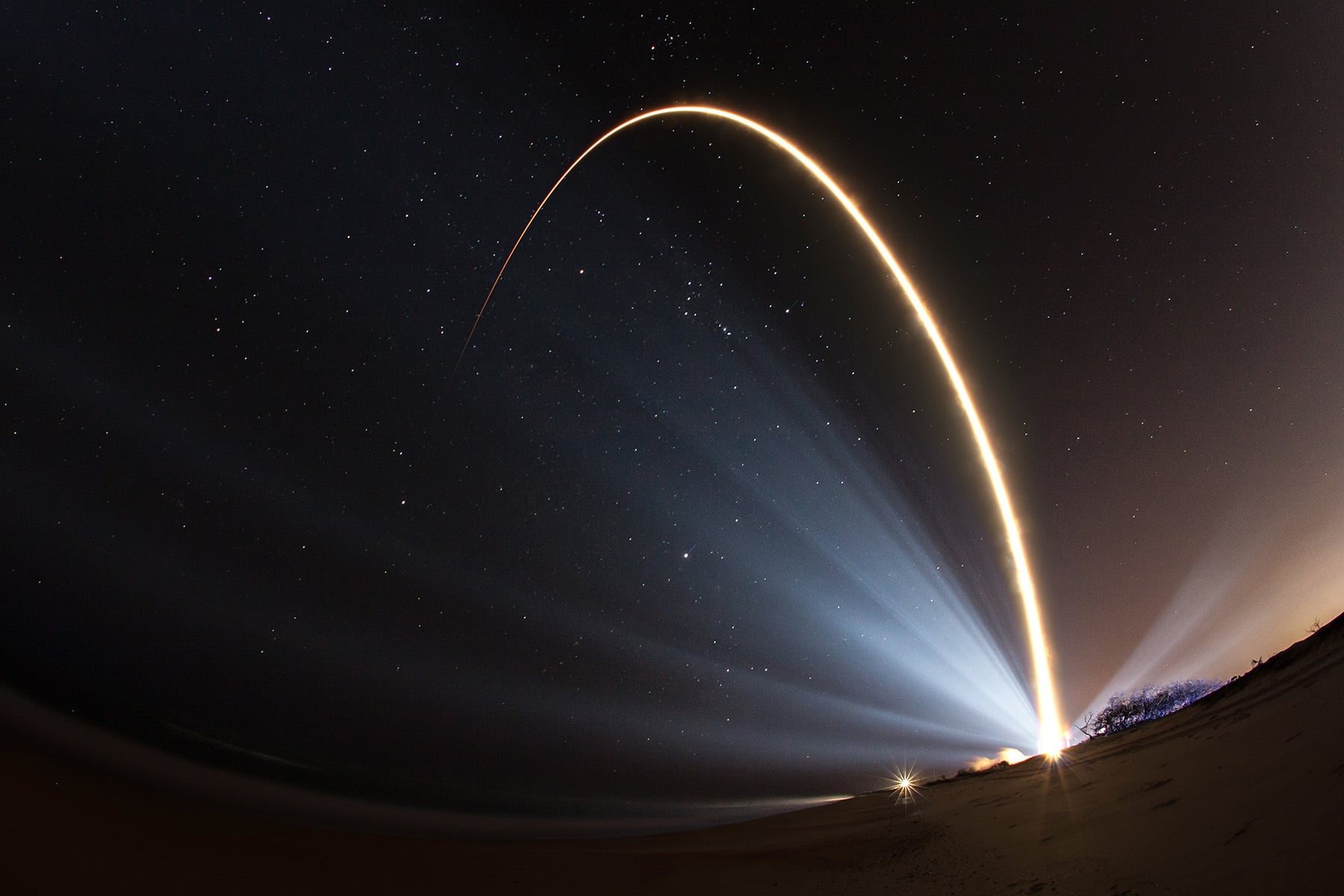
How Jan. 7 played out
There was no flashing red light or siren that went off in Colorado when the attack began, just days after Soleimani’s death. If anything, the detection of the threat was fairly mundane. The SBIRS sensors picked up the infrared flare of the Iranian missiles just like they would for a space launch, but they’re sensitive enough that operators can see what threat class of missile they’re dealing with and where it’s heading.
“With the indications that we received, we knew immediately that this was the threat that we were potentially waiting for,” said Mission Commander 1st Lt. Mariano Long.
“That night it came out of nowhere. It was a lot of missiles quick, and we could see where they were trying to impact,” said Long. “We knew, literally, people that were serving alongside us were being targeted.”
As with any threat, the team balanced the need for a swift warning with getting the most accurate data out.
“Our goal is always to try to be as correct as possible — like we always do — but most importantly getting that message out fast,” said Long. “When we see multiples … we definitely have heightened alertness.”
The Space Force declined to reveal exactly how long it took from detection to getting the warning out, citing the sensitive nature of the capabilities involved.
“I think you can understand … the sensitivity that if I were to give you exact timelines, or talk about limitations, or those facts, that goes to the enemy’s advantage,” Maj. Gen. Deanna Burt, commander of the Combined Force Space Component Command (CFSCC), told C4ISRNET in an interview. “The enemy knows we depend on space, and so they’re looking for ways to take it from us.”
For some perspective, Vice Chief of Space Operations David Thompson has publicly claimed the missiles were only in the air for six minutes. That’s all the time the 2nd SWS had to warn fellow service members of the imminent attack.
“That evening, we just prioritized — essentially I remember vividly — our timing, of trying to get things out as fast as possible,” said Long.
There are rules governing how quickly the team needs to get the warning out, and Davenport noted that the response was “within half of the required time.”
“Our time was pretty quick,” Long acknowledge. “And this allowed for users downrange to kind of take cover and get in the bunks and potentially saved lives.”
Not another day at the office
One point the 2nd SWS operators hammered home is the surreal nature of the Jan. 7 attack. The squadron picks up hundreds of missiles per year, and very often there are human lives at stake at their destination. With combatants using missiles in conflicts in Armenia, Yemen and Syria, to name a few, detecting missile launches is part of the cell’s daily life.
“For context, I think we’re up to 1,000 missiles this year in 2020,” said Davenport. “On one hand, it is a very common thing that we do, this reporting.”
Rarely, however, are the lives at stake American.
“You can imagine with the conflicts in the world, it is something that does happen — unfortunately — fairly regularly,” said Davenport. “But against Americans … this is the only one I recall in the past couple of years, through I think 2003.”
“Even just sitting here talking about it gets me fired up,” interjects Long. “We did it day in and day out, all day all night, but that night we knew it was different. And we train all the time. We run scenarios. We do playback. We do training scenarios. But, like, this night we knew, like, our brothers and sisters on the other side of the pond are, like, getting targeted.”
“I remember sitting there with the other guys in the mission cell — and the gals — and being pretty pissed off,” said Long. “We knew that there was intent behind these missiles.”
Operators recall going into the building like they would for any regular shift, but as the attack unfolded, it felt different.
“There’s something to be said about knowing this is not a drill … real people are in harm’s way,” said Reed.
Making the call
Once the 2nd SWS had the data it needed, the warning call went out to two locations: the Joint Space Operations Center and the Missile Warning Center at Cheyenne Mountain Air Force Station.
The ensuing communications are fairly automated, based on nearly 30 years of experience. The satellite missile-warning architecture dates back to the Gulf War, said Davenport, when the Defense Support Program satellites were used to detect missiles. At that time, communications between the Colorado team and folks in the field was partially made up on the fly, he added.
“After the Gulf War, they recognized how valuable of a capability this was, and so they built out a series of architectures that’s culminated in our Theater Events System, our TES architecture,” said Davenport.
“We then have continued ever since that time to improve our tactics and techniques, to refine our capabilities and software in places where we can continually work on processes and capabilities, educating the theater, and the theater figuring out — in this case Central Command — how to distribute that information to their bases in order for the folks to get the most duck and cover time when those missiles are inbound,” said Burt.
So when Long put in the call, the verbiage was fairly set.
“It’s just a simple phone call. There’s a human on the other line,” he explained.
“That night it just seemed like we were on the phone pretty much the whole night with them, and we had that open dialogue,” said Long. “And it actually got to the point where we weren’t even saying every single thing that we typically do, just because of the influx of things that we had, and we were just passing the most strategic and important information.”
RELATED
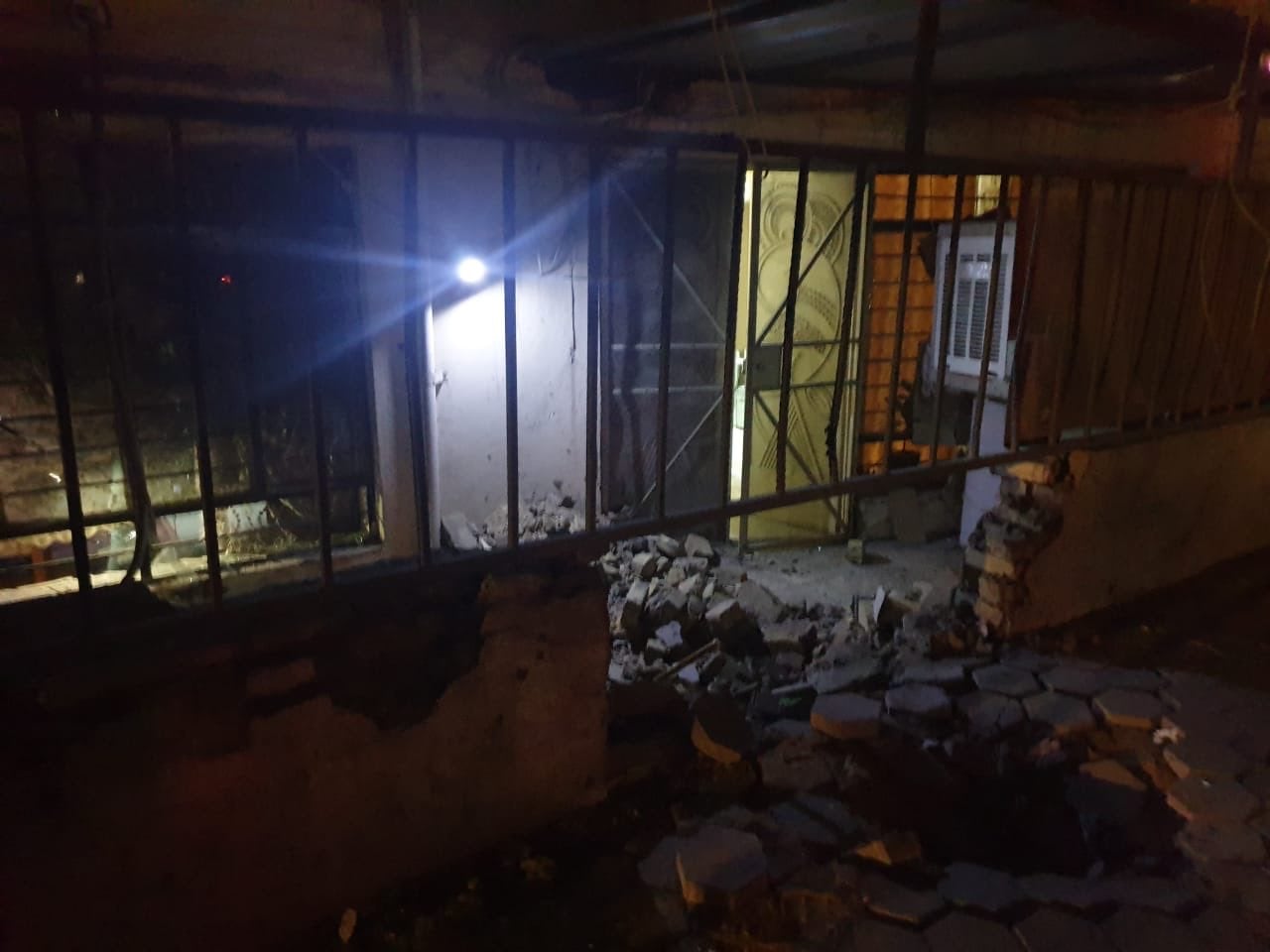
Pins and needles
But after the call, the 2nd SWS was in the same place as everyone else, waiting to hear if the team’s warning was successful and — nerve-wrackingly — whether anyone had died.
“There’s that running joke, that all first reports are wrong. So in a way, we didn’t want to get involved, we didn’t want to stress out command downrange,” said Davenport. “We received the assessment the same time as everybody else did.”
Meanwhile, the team watched news reports about what was happening overseas.
“Typically, when we have launches, you’re not seeing on the news within minutes, like, [for] what event we just worked. And that night, the events were taking place and major news stations were broadcasting the things that were happening and photos and Twitter feeds and a lot of open source things that we were seeing on our big screen as we were doing it. It was kind of surreal,” said Long.
“There was some time in between, and we were like, ‘OK, are we done? Is this the end?” said Reed. “We were all still pretty much on pins and needles.”
“I remember leaving that night without any real answer as to what the actual effects were,” said Reed. “It was not immediate.”
The aftermath
In the days that followed, the 2nd SWS would learn that its warning had indeed been successful.
The bases had been partially evacuated earlier in the day following an intelligence report predicting an attack during a three-hour window that night, but many war fighters stayed behind to operate and secure the airfields. For those that remained, the 2nd SWS warning was critical. One recollection from an official Air Force report on the attack highlights the importance of that early warning.
“Throughout the night, we drove around in our military all-terrain vehicle (MATV) and visited all the posts and patrols, checking on the teams’ welfare and readiness — watching and waiting for something to happen,” reads the report from security forces at Al Assad Air Base in Iraq. “Around 1 a.m. we ... heard the first announcement of ‘INCOMING — INCOMING — INCOMING’ over the radio and quickly ran back to our MATV for protection. As we closed the door, there was a large explosion and the first impact of a missile struck only 100 meters away from our position. We could feel the blast and continue to hear missiles hitting other locations on base as they lit up the night sky with every impact.”
Others recall diving into bunkers as the base was alerted and the warning rang out across the base. The missiles damaged equipment and infrastructure. The people treated for traumatic brain injuries numbered 110. But no lives were lost.
The involvement of SBIRS and the 2nd SWS was confirmed last September, when Space Force Chief of Space Operations General John “Jay” Raymond credited Reed and Castaneda by name for saving American lives.
“They operated the world’s best missile warning capabilities and they did outstanding work, and I’m very, very proud of them,” he said at the virtual Air Force Association 2020: Air, Space and Cyberspace Conference.
RELATED
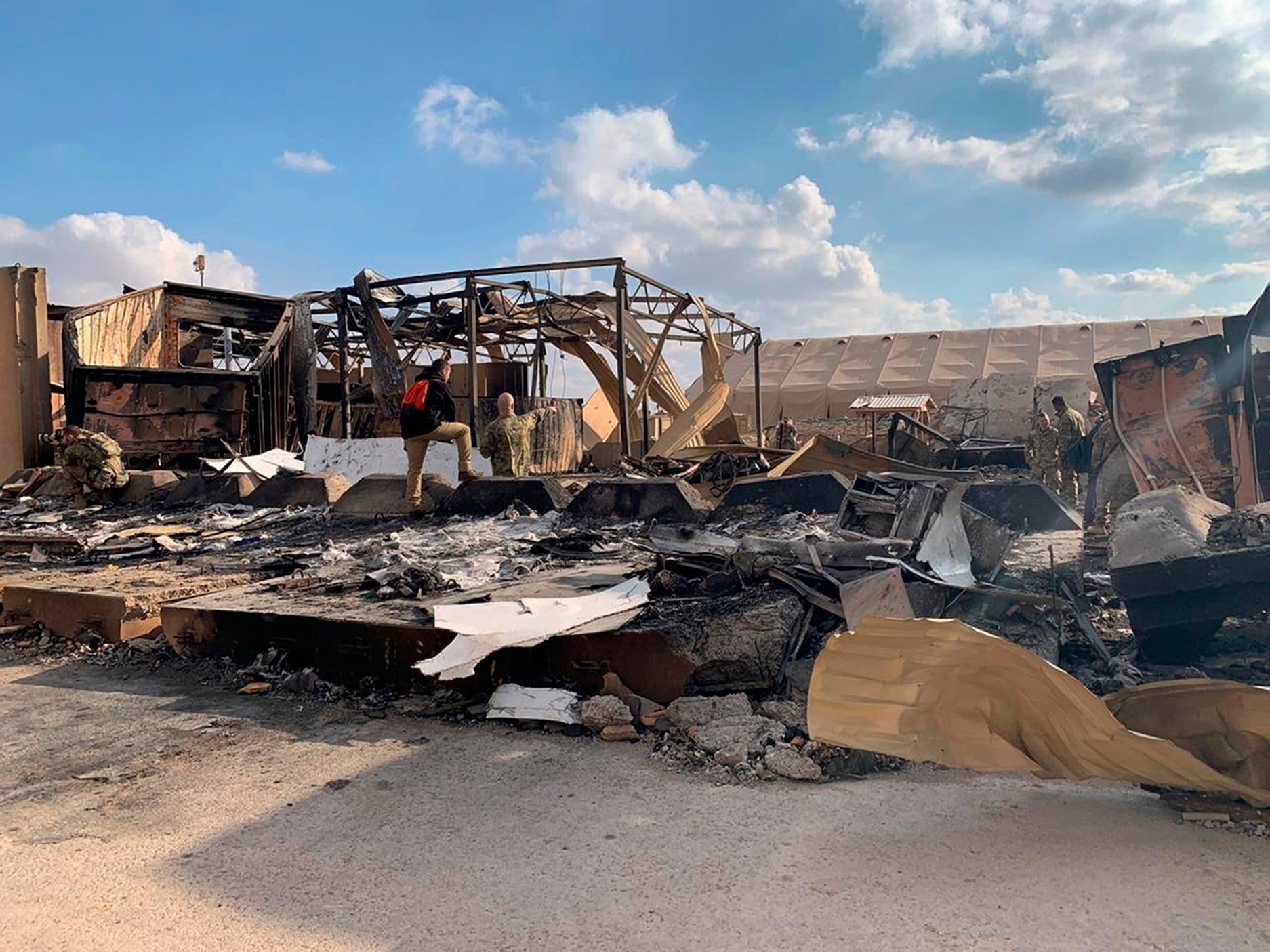
True guardians
Ultimately, the officers who spoke to C4ISRNET about their experience credited the enlisted guardians for the success of the 2nd SWS. There are about 25 guardians working on the floor, the vast majority of whom are enlisted.
“It’s the young guardians who are doing the work,” said Davenport
“I don’t think most people understand, the crux of this mission is done by the airman, by the enlisted,” added Long. “I really want to attribute all the success we had that night to our airman that … do essentially the nitty gritty of the job. If it wasn’t for them that night … we would not have had the success that we did.”
While the Jan. 7 situation was unique in its profile and consequences, Burt emphasized that it represents just a snapshot of the work the 2nd SWS does every day.
“We haven’t had a conflict recently where we’ve had inbound missiles of this type, that we’ve had this great of an intel and an opportunity to report on,” said Burt. “I would challenge you that we do that every day and we attack every launch like there are folks at risk, working our processes and continuing to improve them all the time.”
Nathan Strout covers space, unmanned and intelligence systems for C4ISRNET.
